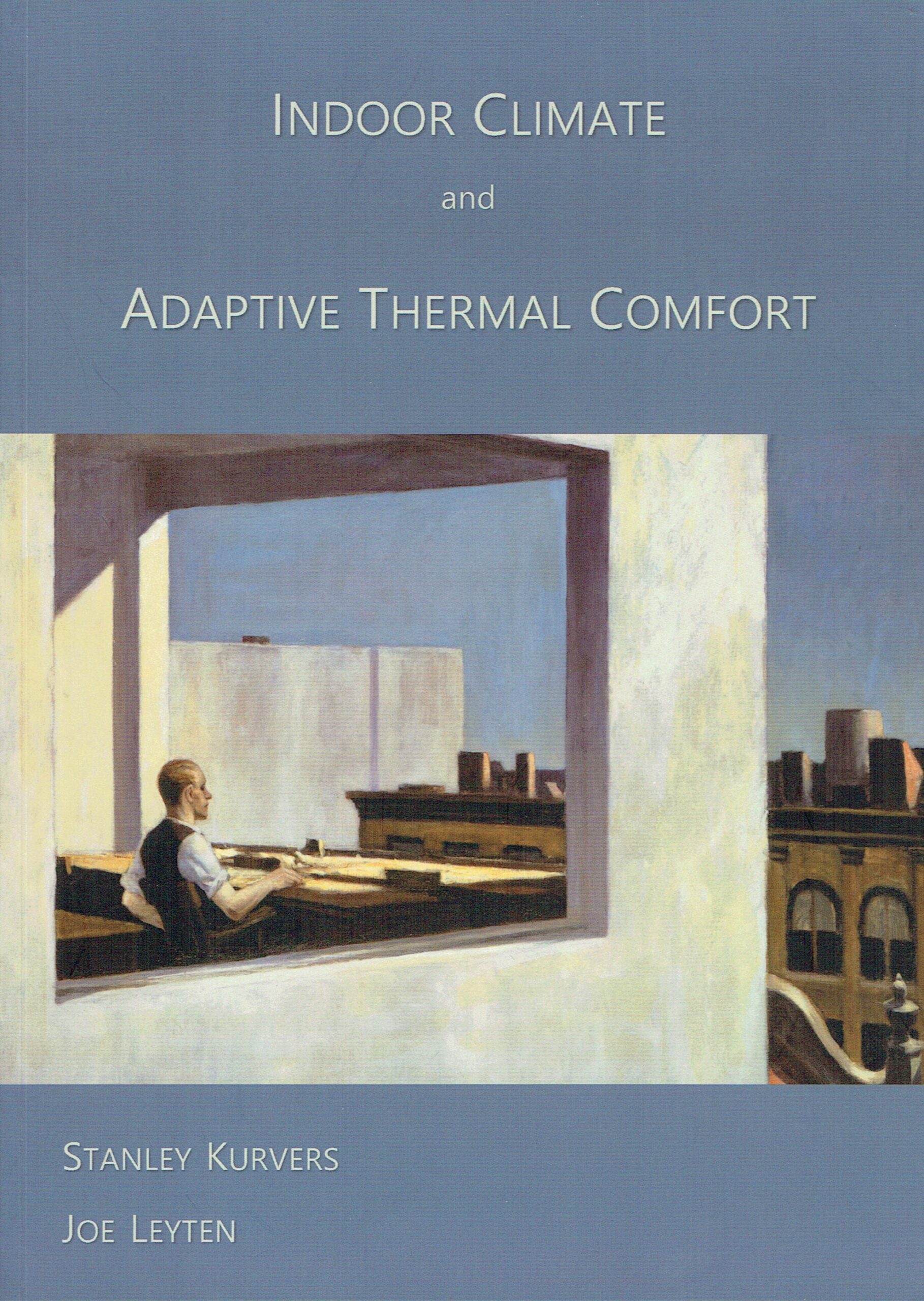Indoor Climate and Adaptive Thermal Comfort
Comfortable and energy efficient buildings
For the last 50 years, the design of buildings has generally been based on the assumption that controlling the indoor temperature within narrow limits provides maximum thermal comfort and, in most cases, requires conditioning of the indoor air. This is based on research in climate chambers. However, over the past 25 years, based on field studies in a large number of buildings in use, a new view has been developed, called adaptive thermal comfort, which emphasises the ability of people to adapt in different ways to the temperatures found in unconditioned or hybrid buildings. If it is warmer outside, occupants in these buildings expect it to be warmer inside and adjust accordingly, for example by opening windows or adjusting their clothing.
In such buildings, people are more satisfied with the indoor climate than in buildings with a tightly controlled temperature, because controlling the temperature within narrow boundaries reduces the body’s ability to adapt to changing temperatures. Moreover, tight temperature limits do not lead to higher productivity.
This places demands on the building, which must be designed in such a way that thermal comfort can be achieved as much as possible without conditioning, for example through adequate shading, thermally effective building mass and usable open windows.
Adaptive thermal comfort enables a win-win situation where the indoor climate is more comfortable and less energy is needed.

auteur(s)
Stanley Kurvers, Joe Leyten
publicatiedatum
2022
issued by
Stichting Kennisbank Bouwfysica / Delft Digital Press
The book is also available in a printed version.
about the authors
Stanley Kurvers studied civil engineering and occupational health and safety engineering and has worked at the Occupational Health Service of the Dutch Government, BBA Indoor Environment Consultancy and the Faculty of Architecture at Delft University of Technology.
Joe Leyten studied theoretical psychology and statistics and held positions at the Occupational Health Service of the Dutch Government, BBA Indoor Environment Consultancy and the Faculty of Architecture at Delft University of Technology.
Both authors have many years of experience as researchers and consultants in the field of indoor environment in office buildings, schools, hospitals and homes. Around 1980, they began to develop measurement systems for long-term monitoring of the indoor environment. Later, the authors developed methods to collect people’s subjective perceptions and link these to physical measurement data. This became known as the Building-in-Use method, with which they examined numerous buildings. They also developed guidelines and policy recommendations for, among others, the Labour Inspectorate, Ministry of Housing and Construction, the Netherlands Enterprise Agency, the European Union and ISSO. They have published in Dutch professional journals and international scientific journals and conference proceedings.
Corresponding author: stanray@me.com
